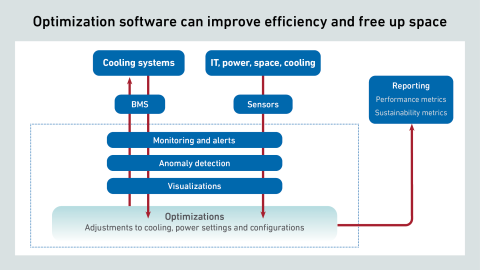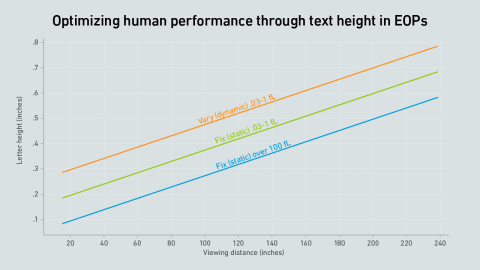filters
Explore All Topics
88 results | Page 1 of 6
5 days ago
Digital EOPs: the appliance of science
Intelligence Updates
8 min read














